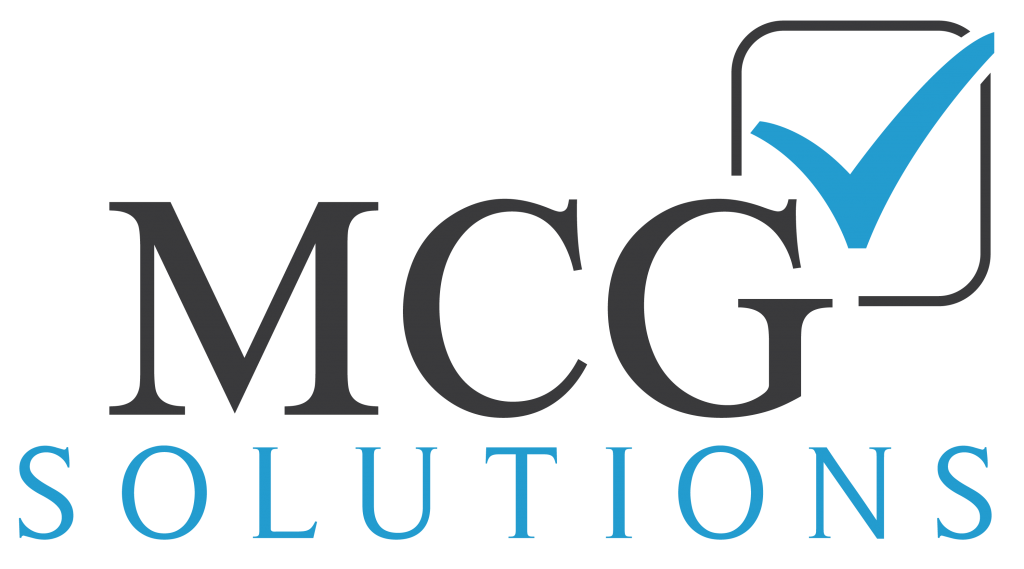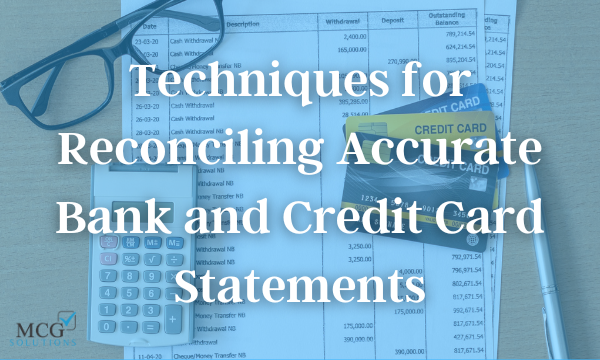As a small business owner, keeping your finances organized is part of the job. However, dealing with bank and credit card statements can be overwhelming. Fortunately, there’s a way to streamline the process.
Line-by-line transaction review
First, carefully examine each bank statement line by line. Here’s what to watch for:
- Transactions: Compare each transaction on your statement to a corresponding entry in your accounting software or bookkeeping records. Scrutinize every detail. The amount, date, and description should match perfectly.
- Deposits: Verify that all deposits made during the period are reflected in your statement. Did a client’s check clear? Did your sales revenue show up accurately? Reconciling deposits ensures you’re giving yourself credit for all the income your business has generated.
- Outstanding checks: Review any outstanding checks listed on your statement. These are checks you’ve written but haven’t been cashed yet. Make sure they haven’t been accidentally recorded twice. Outstanding checks can sometimes be mistakenly entered as expenses.
Credit card statement review
Credit card statements require similar attention. Match each transaction to a corresponding record in your books. Pay close attention to:
- Payments: Ensure you’ve recorded any payments made towards your credit card balance during the period. Missing a payment on your records could lead to a discrepancy and a potential late fee.
- Fees: Keep an eye out for any fees like annual charges or late payment penalties. These should be categorized as expenses in your records. Don’t forget to factor in any credit card fees.
Reconciling your statements
Once you’ve reviewed everything, your ending balance in your accounting software (the checking account balance for bank statements and the current balance for credit cards) should match the ending balance on your statement. If they don’t, it’s time for some detective work. Here’s how to resolve discrepancies:
- Missing transactions: Did you forget to record a purchase or a deposit? Double-check your records and receipts to identify the missing piece. Missing transactions can throw off your entire reconciliation process, so be sure to track them down.
- Bank errors: Although rare, banks can make mistakes. If you suspect an error, contact your bank for clarification.
- Data entry errors: Typos happen! Review your own data entry for any discrepancies. Even a small typo can create a big headache during reconciliation, so take your time and double-check your work.
Tips and tricks
Regular statement reconciliation is key to maintaining accurate financial records. Here are some tips to streamline the process:
- Reconcile frequently: Consider reconciling weekly or bi-weekly, especially for high-volume accounts. The more frequently you reconcile, the easier it is to identify and fix any mistakes.
- Embrace technology: Many accounting software programs offer bank feed integrations that automatically download transactions, saving you time and effort. Leveraging technology can make the reconciliation process significantly faster and less prone to errors.
- Categorize transactions: As you reconcile, categorize each transaction to gain valuable insights into your spending habits. This categorization can help you identify areas where you can cut costs or improve your financial efficiency.
Reconciling your bank and credit card statements might seem tedious, but it’s crucial for every small business owner.
Remember, if the process feels overwhelming, outsourcing your bookkeeping to MCG Solutions is a great way to ensure accuracy.

